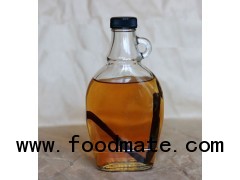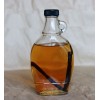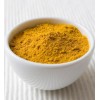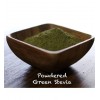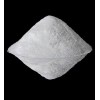Vanilla is the number one flavour with respect to its consumption, popularity and wide range of applications. Vanilla can be found in desserts, puddings, yoghurt and ice creams, in candies and bakeries. It is used in whisky and liqueurs, in milk, soy milk, rice milk and cola beverages, in seasonings, spice products and even in tobacco. It combines especially well with chocolate, butter and fruit flavours as a background enhancer. To conceal unpleasant tastes and odours, vanilla is often found in cosmetics such as lipsticks and mouthcare products, as well as in pharmaceuticals. It is even used in perfumery along with heliotropic fragrances and heavy oriental notes. The almost universal application explains the rule of thumb in the flavour and fragrance industries a trace of vanilla can’t hurt.
Vanilla exists in a variety of different forms: the true natural extracts from vanilla beans; the quasinatural vanillin derived from biotechnological processes, with vanillin being the metabolism product of special microbes; the synthetic nature, identical vanillin, produced by different processes mainly ex-lignin and ex-guajacol; and last but not least the artificial flavour composition a blend that also includes substitutes such as ethyl vanillin which cannot be found in nature. All these products exhibit large differences in aroma profile and quality, as well as in price level and application.
The following discussion refers to vanilla extracts only, with their organoleptic impression of vanillin rounded out by a large number of minor constituents, resulting in the unique, inimitable natural vanilla flavour profile.
CO2 EXTRACTS
Two different product types are simultaneously obtained during the CO2 extraction of vanilla beans. One, ‘Vanilla 12’ with a vanillin content of 12%, is a pasty liquid composed of vanilla lipids rich in top notes and saturated with vanillin, the yield being 5%. The second product ‘Vanilla 95’ with 95% of vanillin, is made up of the bean’s surplus vanillin and recovered as a second phase, with 1% yield during CO2 extraction. Vanilla 95 is crystalline and still has a very strong impact of vanilla beans, in contrast to artificial vanillin which is completely different in character. A mixture of both extracts in the ratio of their yields gives rise to a third product ‘Vanilla 25’, with 25% of vanillin content that represents the complete CO2 extract of vanilla beans.
All three CO2 vanilla products reflect the well balanced natural vanilla flavour. They are concentrated extracts with a very low threshold of flavour recognition. A dosage of 30-120 ppm in the end product, such as ice cream or soy milk, is sufficient to develop the full pleasant smooth and creamy sweet aroma of the cured vanilla beans.
The preferred type of CO2 extract depends on the application. Vanilla 12 is more lipophilic in nature, whereas Vanilla 95 exhibits better solubilities in alcoholic and water based products. Vanilla 25 takes an intermediate position in this regard. The strength of aroma does not directly correlate to the vanillin content.
CO2 vanilla extracts are concentrated products
Below is the range of products that can be offered :
Vanilla Cured Beans
Vanilla Extract 1 Fold
Vanilla Extract 2 fold
Vanilla Extract 3 Fold
Vanilla Extract 10 Fold
Vanilla Extract 20 Fold
Vanilla CO2 Extract
Encapsulated Vanilla powder


